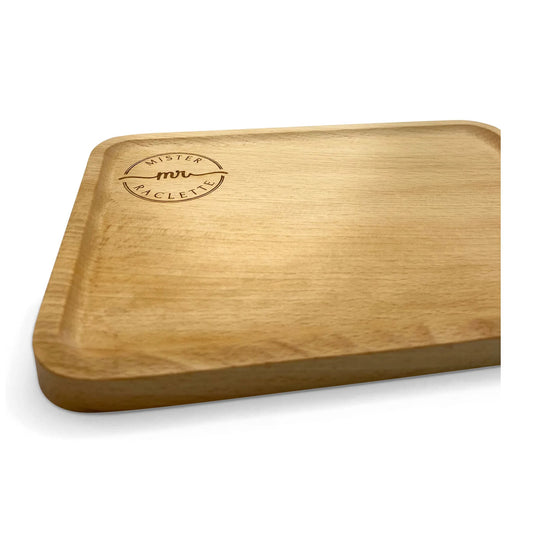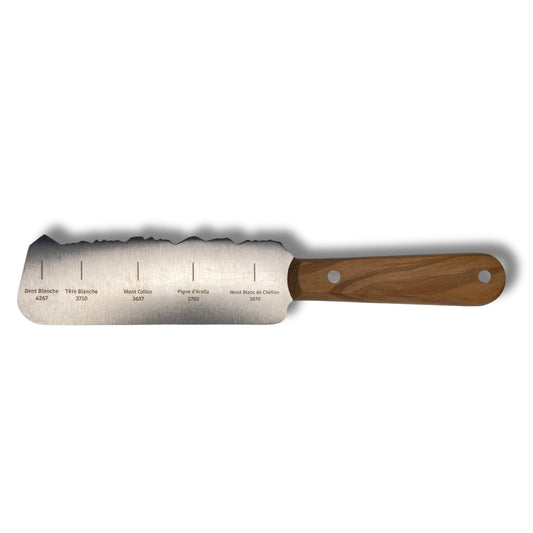The Science Behind Perfectly Melting Raclette Cheese
Raclette , this iconic dish of Swiss cuisine, is much more than just a culinary experience.
It is a true exploration of the chemical and physical interactions that transform a food into a unique sensory experience.
Let’s take a look behind the scenes of this fascinating phenomenon to understand how cheese making, composition and processing influence its perfect melting.
The science behind perfectly melted raclette cheese .
A complex alchemy in cheese making
Raclette cheese is the result of meticulous manufacturing, where each step is essential to guarantee its unique properties.

Its composition is based on a precise balance between several key elements:
- Milk: Milk, often from naturally fed cows, is the essential basis of cheese . Its quality and fat content directly influence the final result.
- Curd grains: These solid particles resulting from the coagulation of milk are pressed to form the cheese paste.
- Calcium: This mineral plays a crucial role in the structure of cheese , stabilizing proteins during melting.
- Nutritional Values of Cheese : Rich in energy and nutrients, raclette cheeses offer an ideal combination of proteins, fats and minerals.
This unique combination of tastes results from a precise production method, where each step – from the choice of ingredients to the refining – contributes to creating an exceptional product.
A scientific process and quality control of cheese

When cheese is heated to prepare fondue or raclette , several scientific phenomena occur simultaneously:
- Protein denaturation
- Under the effect of heat , proteins such as caseins break down. This denaturation allows the proteins to reorganize into a looser network, giving the cheese its melting texture.
- Fat melting
- Fat globules melt and integrate into the protein matrix, creating a creamy texture. Fat content directly influences this fluidity.
- Evaporation of water in milk
- Some of the water in the cheese evaporates under the effect of heat, thus concentrating the flavors and intensifying the taste .
- Interaction with calcium
- Calcium stabilizes proteins when milk is heated, preventing the cheese from becoming grainy or too runny.
-
These physicochemical reactions explain why some cheeses melt better than others. For example, a well-ripened paste and a balanced humidity level are essential to obtain a uniform melting.
The secrets of a successful and tasty raclette
To enjoy a perfect raclette, you need to master several parameters:
- Good heat source temperature: Start by heating the quantity of cheese between 60°C and 70°C to promote uniform melting without burning the fat. More difficult with a wood fire.
- Fat content: The higher the fat content of the cheese, the creamier its consistency will be.
- Maturation of the cheese wheel: Prolonged maturing in a cellar improves the complexity of flavors while positively influencing its texture
- Cheese version: Depending on whether it is a true AOP raclette or another variety, the characteristics may vary slightly.
Raclette du Valais AOP: a history and a gastronomic treasure

The real Valais AOP (Protected Designation of Origin) brand raclette is produced using traditional methods that have been strictly supervised for years.
The milk used to make Valais raclette comes exclusively from cows raised in specific conditions, guaranteeing a natural and authentic product.
Each wheel is matured in cellars where temperature and humidity are precisely controlled.
The maturing process, which can last several months and weeks, allows the cheese to develop its complex aromas and ideal texture. This process is based on ancestral know-how passed down through the generations.
Unique know-how at the service of raclette

The process of precisely manufacturing raclette cheese is based on ancestral know-how, where each step is carried out with care.
From choosing quality cow's milk, rich in calcium, to the formation of the curd grains, every detail counts to obtain an ideal texture.
The cheese paste, refined with precision, reveals complex aromas and a perfect smoothness when melted.
This careful process ensures balanced nutritional values of the processed cheese, providing both incredible taste and energy intake.
Thus, raclette becomes much more than a dish: a true celebration of a timeless culinary tradition with a potato or on a piece of bread.
A multi-sensory experience
Eating raclette goes far beyond a simple convivial meal. This dish activates several mechanisms in our brain that contribute to its universal appeal:
- The unique combination of fat and carbohydrates stimulates the production of dopamine, creating an immediate feeling of pleasure.
- The rich, concentrated flavors activate our taste buds, enhancing our satisfaction.
- Finally, the visual aspect – with the cheese flowing delicately over the potatoes or vegetables – adds an aesthetic dimension to this culinary experience.

Conclusion: between tradition and science
Raclette perfectly embodies the alliance between culinary tradition and modern science.
By understanding the chemical mechanisms behind how cheese melts perfectly, we can appreciate this iconic dish even more.
Whether it's a convivial evening with friends or a refined gastronomic moment, each bite reminds us why this dish continues to captivate lovers around the world.
So the next time you're cooking and enjoying several types of plain cheese, take a moment to admire all that this dish represents.
A harmonious blend of cheese craftsmanship, applied science and pure taste bliss.









